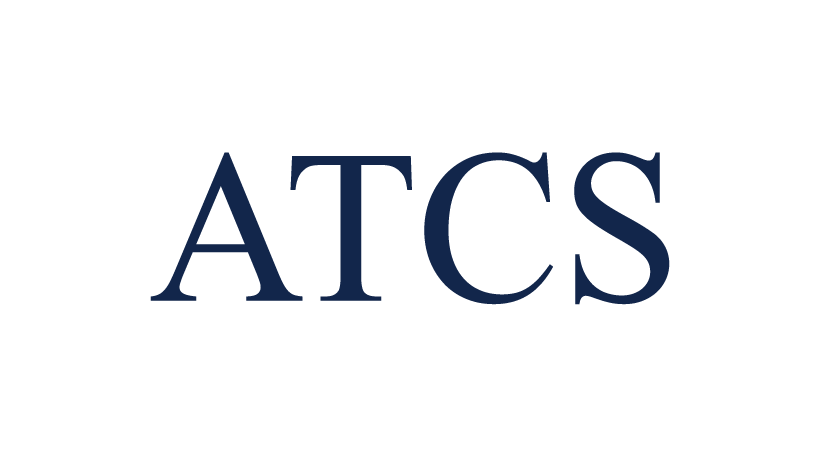 It is a pleasure to announce our Centennial Engineer of the Month for March 2016 is Dr. Zeytinci. Dr. Ahmet Zeytinci, PE, PhD, M.ASCE, Fellow- National Society of Professional Engineers (NSPE) is an award-winning structural engineer, author, professor, and former chair of the Department of Engineering, Architecture and Aerospace Technology at the University of the District of Columbia in Washington D.C. (UDC). His students and colleagues more fondly know Dr. Zeytinci as “Dr.Z.” He is passionate about engineering, and in promoting innovative teaching methods in the field. In addition to his many professional interests, since 2014 Dr. Zeytinci has been writing the column “Dr. Z’s Corner” for the monthly NCS newsletter and for the past 10 years has done pro bono teaching for practicing engineers and students in preparation for the state engineering License Exam. He is a fervid crusader for professional licensure. He is also actively involved in research and peer-reviewed conference presentations.
It is a pleasure to announce our Centennial Engineer of the Month for March 2016 is Dr. Zeytinci. Dr. Ahmet Zeytinci, PE, PhD, M.ASCE, Fellow- National Society of Professional Engineers (NSPE) is an award-winning structural engineer, author, professor, and former chair of the Department of Engineering, Architecture and Aerospace Technology at the University of the District of Columbia in Washington D.C. (UDC). His students and colleagues more fondly know Dr. Zeytinci as “Dr.Z.” He is passionate about engineering, and in promoting innovative teaching methods in the field. In addition to his many professional interests, since 2014 Dr. Zeytinci has been writing the column “Dr. Z’s Corner” for the monthly NCS newsletter and for the past 10 years has done pro bono teaching for practicing engineers and students in preparation for the state engineering License Exam. He is a fervid crusader for professional licensure. He is also actively involved in research and peer-reviewed conference presentations.
Dr. Zeytinci earned his PhD, MS, and BS from Istanbul Technical University in Istanbul, Turkey. As the Principal of Alpha International Inc., he worked on the initial phase of the Marmaray, a $4 billion railway tunnel project linking Europe to Asia in Istanbul, Turkey and the initial phase of the Akkuyu Nuclear Power Plant project at Akkuyu, Turkey. Dr. Zeytinci is the recipient of numerous local, regional and national awards, including the recent national award, “Excellence in Engineering Education-2015” from NSPE and the 2016 Dr. Marjorie Holloman Parker Distinguished Educators Award. We applaud Ahmet Zeytinic, PE, as our Engineer of the Month, and congratulate him on his award, as we interview him on his commitment to engineering and teaching.
What do you consider your major achievements in our Section area?
I have been in the education business for more than three decades. Thirty years ago engineering was a probably the “best” profession, but not anymore. It is no secret that today most young people are not drawn to engineering. They flock to medical and law schools, even Masters of Business Administration programs. Therefore, as an engineering educator, I have decided to take a different approach, work closely with the students and the practicing engineers, and promote the profession. I consider myself very fortunate that I was able to inspire, motivate, and most importantly educate many students and engineers to fulfill their dreams. Vice Chancellor of Montana Tech, Dr. Beverly Hartline, told the audience in one of the award ceremonies in 2012
Dr.Z’s genius as an engineering educator is based on deep engineering knowledge, uncompromising commitment to students and their learning, and an amazing ability to establish strong bonds of mutual trust. His classes are lively, learning-intensive, and fun, with innovative pedagogies and teaching aids.
I think one of my major achievements was to help a native Washingtonian, Curtis Day, a sanitary worker and truck driver, become a structural engineer who currently works for BOEING.
Why did you decide on a career in civil engineering?
Civil engineering is one of the world's oldest professions, no less important today than it was in the time of ancient Egypt. Civil engineers design bridges, buildings, transportation systems, and other critical elements of public infrastructure. We help cities meet the challenges of a new century, and work to make them livable for the citizens who inhabit them. As a structural engineer, I have started my journey as a project engineer designing buildings. I consider myself fortunate because I was able to design many award winning structures including the “7th District Police Station.” I wanted to be an engineer and design structures so that people could see the final product and appreciate the work that we do when they actually use the structure.
What do you consider the best guidance to young people for a future career in civil engineering?
Today, the world is undergoing vast changes -- the technological revolution, population growth, environmental concerns, and more. All create unique challenges and opportunities for potential civil engineering students. Young people should know that civil engineers are problem solvers, meeting the challenges of pollution, traffic congestion, drinking water and energy needs, urban redevelopment, and community planning. They should be aware of the fact that our future as a nation will be closely tied to space, energy, the environment, and our ability to interact with and compete in the global economy. As a civil engineer, they will perform a vital role in linking these themes and improving quality of life for the 21st century and they will be in the forefront of technology. The next decades will definitely be the most creative, demanding, and rewarding of times for all young civil engineers.
Also, current high school students should be informed about the recent great news from the Bureau of Labor Statistics (BLS). According to BLS, two engineering disciplines that are expected to offer substantial growth in the coming years are Biomedical Engineering and Civil Engineering. BLS also projects a 20 percent increase in the number of civil engineers by 2022, given aging infrastructure and increasing water needs.
What do you consider a major challenge to a career in civil engineering?
I think there are two separate issues here:
On the public side, the public has little awareness or appreciation of the civil engineering profession. Although the engineering community and organizations like ASCE, NSPE and ASEE spend greatly to improve public awareness. Still, recent studies found little coordination among them and few measures of success. I would say raising public awareness of civil engineering would be the major challenge.
On the academic side, teaching prerequisite math courses like calculus and differential equations for engineering students has to be reformed. Currently math teachers teach calculus in teacher-centered classrooms; in other words, the teacher is the primary source of learning and knowledge. The lessons are presented in a lecture format where the teacher explains the concepts and the student plays a secondary role simply by taking notes during the lecture, and trying to read and learn from the textbook. Over the years, I have seen many civil engineering students become discouraged and changed their majors even before taking any engineering courses or talking to any engineering faculty.







